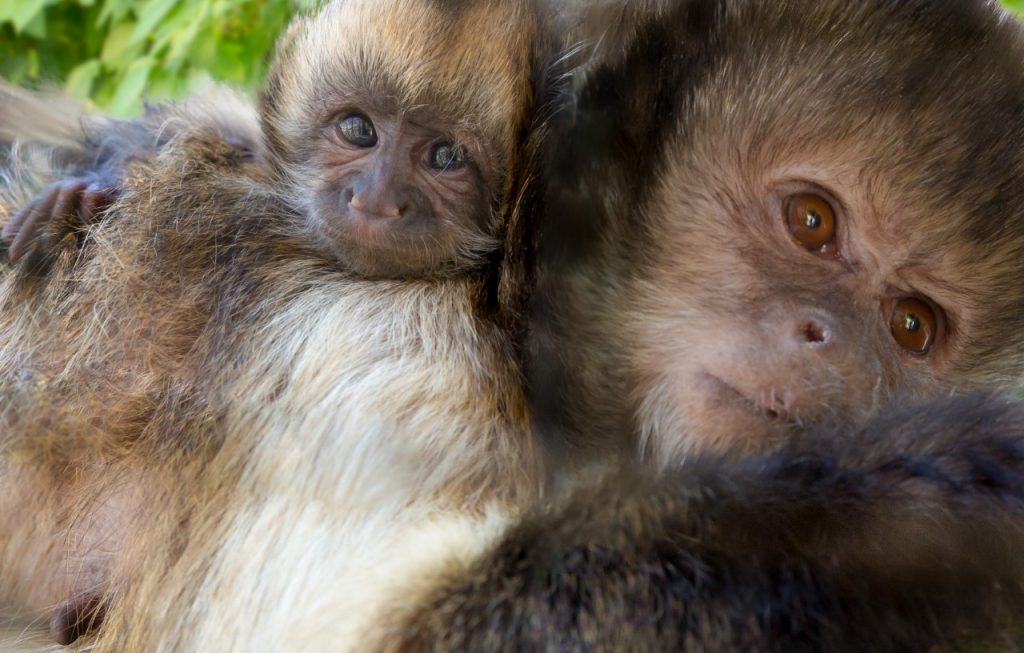Associations between diet, gut microbial communities, and health in red-shanked doucs (Pygathrix nemaeus): a model for the subfamily colobinae
Citation
Clayton JB, Knights D, Cabana F, Huang H, Ha LT, Bui TV, Vo MV, Travis DA, Johnson TJ. 2015. Associations between diet, gut microbial communities, and health in red-shanked doucs (Pygathrix nemaeus): a model for the subfamily colobinae. In Bissell H, Brooks M Eds. Proceedings of the Eleventh Conference on Zoo and Wildlife Nutrition, AZA Nutrition Advisory Group, Portland, OR.
Abstract
Red-shanked doucs (Pygathrix nemaeus) and other colobines possess specialized gastrointestinal systems similar to ruminants. They utilize both fore- and hindgut fermentation to meet their energetic demands. Maintenance of captive populations has been largely unsuccessful. Improving captive conditions is hindered by critical gaps in our understanding of their natural diet and enteric microbial adaptations that facilitate the digestive process. We used the douc as a model to study the relationships between diet and microbial community activity within the gastrointestinal tract. Fecal samples from 7 wild and 27 captive red-shanked doucs were collected between 2012-2013 from Son Tra NR (Vietnam) and 3 captive facilities. We measured gut microbiome composition using 16S rRNA sequencing. PICRUSt software was used to predict microbial function. Feeding behaviors of wild doucs were surveyed using focal sampling. Foraged plant species were collected and analyzed for nutrient content. Dietary records, including nutritional data, were provided by the captive facilities. Statistical analyses were performed to identify correlations between diet, gut microbiome, and animal status (captive vs. wild). Analysis of similarity revealed that gut microbial communities grouped by animal populations (ANOSIM R = 0.92; P = 0.001). A reduction in gut microbiome richness and diversity was observed in captive doucs. We identified microbial biomarkers of douc nutritional health. We hypothesize that captivity causes doucs to shift to severe gut dysbiosis, thereby resulting in GI issues, malabsorption and failure to thrive.
 08_Clayton.pdf 14 KB
08_Clayton.pdf 14 KB








